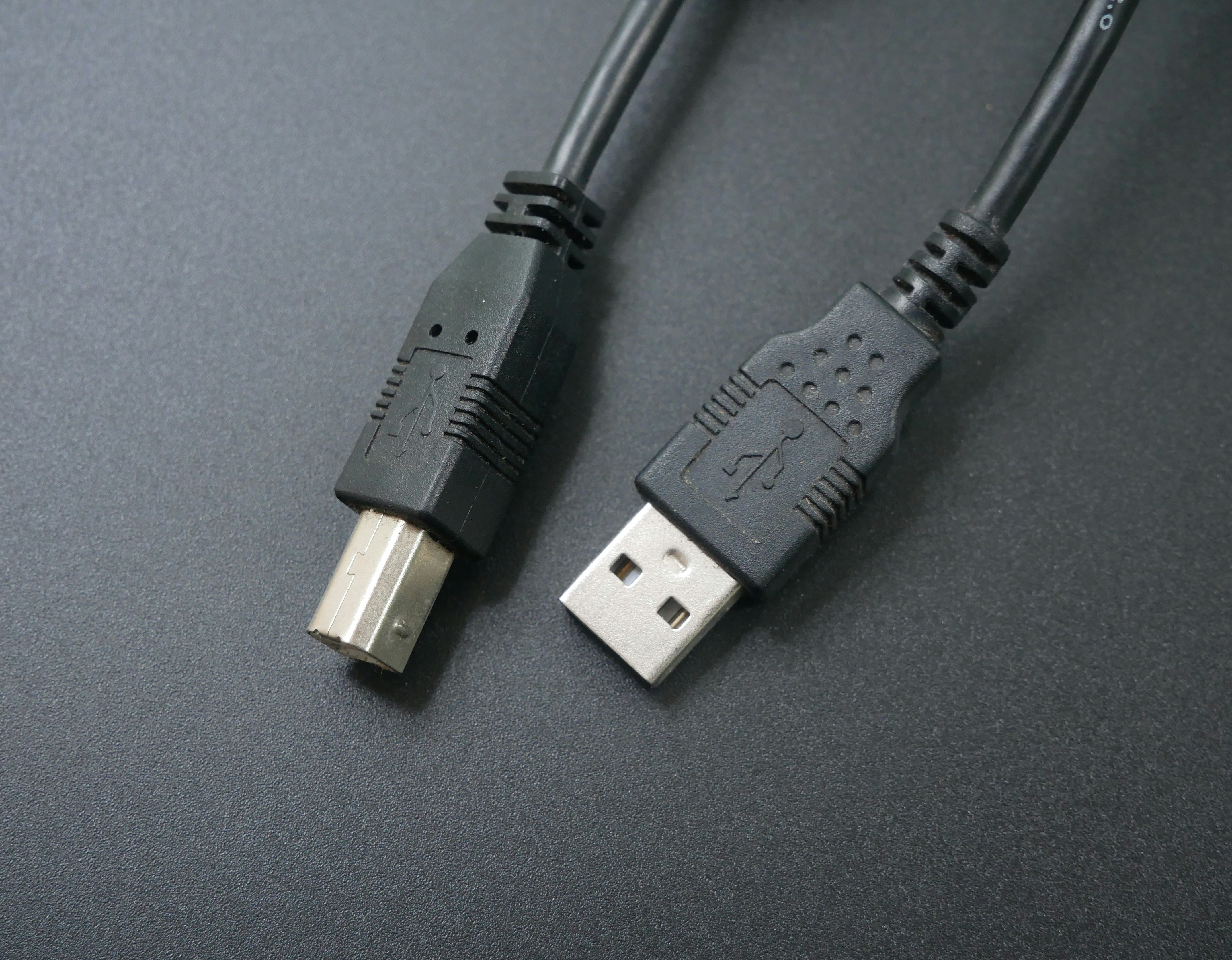
Introduction to USB data cables
In today’s tech-savvy world, having the right accessories for your devices can make all the difference. One of the most essential tools in this digital age is the USB data cable. Whether you’re charging your smartphone, transferring files between devices, or connecting to a printer, these cables play a crucial role in our daily activities. Yet, many people overlook their importance until they find themselves struggling with slow transfers or incompatible connections. Understanding what makes a USB data cable vital for your gadgets can help you choose wisely and enhance your tech experience significantly. Let’s dive into the fascinating world of USB data cables and discover why they’re indispensable!
How do USB data cables work?
USB data cables work by facilitating communication between devices. They transmit both power and data through a simple yet effective design.
Inside the cable, there are multiple wires. Some of these wires are dedicated to carrying electrical current, while others handle data transfer. This allows your device to charge while also sending information back and forth.
When you plug in a USB cable, it creates a connection with the device’s port. The USB standard ensures that various types of usb to type-c data cable devices can communicate effectively using this universal interface.
Data is transmitted in packets, which means small chunks of information travel quickly from one point to another. The speed and efficiency depend on the type of USB technology used—whether it’s USB 2.0, 3.0 or even newer standards like USB-C.
This seamless interaction makes transferring files convenient and straightforward for users everywhere.
Different types of USB data cables

USB data cables come in various types, each designed for specific uses. The most common is the USB Type-A, which connects to standard ports on computers and chargers.
Then there’s the USB Type-B. This type typically links printers and other devices to a computer. It has a distinct square shape that sets it apart.
Next up are USB Mini and Micro cables, often found with older smartphones or cameras. Their compact sizes make them perfect for portable gadgets.
Recently, we’ve seen the rise of USB-C. This versatile connector supports faster data transfer and charging capabilities, making it increasingly popular across modern devices.
Don’t overlook the specialized cables like Lightning connectors used by Apple products. Each type serves its purpose while ensuring seamless connectivity between your gadgets.
Importance of using a high-quality USB data cable
Using a high-quality USB data cable is crucial for optimal device performance. Cheap cables often lead to slower charging and data transfer speeds, which can be frustrating.
A premium cable ensures better conductivity and durability. Poorly made cables are prone to fraying or breaking, leaving you in a bind when you need your devices most.
High-quality cables also provide protection against overheating. This safety feature helps prolong the lifespan of both the cable and your devices.
Additionally, they offer compatibility across different brands and models. You won’t have to worry about connectivity issues or malfunctioning devices with a reliable option by your side.
Investing in quality pays off in the long run, saving you time and money on replacements. It’s worth considering how much you rely on your gadgets daily; choosing the right cable makes all the difference.
Benefits of having a USB data cable for your devices
A USB data cable is a versatile tool that enhances your tech experience in numerous ways.
First, it enables seamless data transfer between devices. Whether you’re moving files from your smartphone to your laptop or syncing music, the process is quick and efficient.
Charging capabilities are another major advantage. With a reliable USB data cable, you can power up multiple devices without hassle. It’s an easy way to keep everything charged on-the-go.
Compatibility also plays a big role. Most modern gadgets support USB connections, making it convenient to use just one type of cable for various devices.
Additionally, having extra cables around means you’re prepared for any situation. You never know when you’ll need an emergency charge or a quick file transfer.
Quality matters; investing in a durable USB data cable ensures longevity and consistent performance across all your electronic needs.
Tips for choosing the right USB data cable for your needs
Choosing the right USB data cable can significantly enhance your device experience. First, consider compatibility. Ensure the cable matches your device’s ports, whether it’s USB-A, USB-C, or micro-USB.
Next, think about length. A longer cable offers flexibility but may reduce charging speed due to resistance. Shorter cables are great for portability and minimal clutter.
Pay attention to the transfer speed too. Look for specifications like USB 2.0 or USB 3.0; higher numbers usually mean faster data transfers.
Quality matters as well! Opt fashion for brands known for durability and performance to avoid frequent replacements.
Check reviews before purchasing. User feedback often highlights real-world performance that specs alone can’t convey. By taking these factors into account, you’ll find a cable that meets all your needs effortlessly!
Conclusion

USB data cables have become an indispensable part of our everyday lives. They serve as the vital link between various devices, ensuring seamless communication and efficient charging. Understanding how these cables work can help you appreciate their role even more. With different types available—each designed for specific purposes—you can find one that best suits your needs.
Opting for a high-quality USB data cable not only enhances performance but also safeguards your devices against potential damage caused by inferior products. The benefits are clear: faster data transfer rates, reliable connections, and longevity make them essential accessories.
Choosing the right USB data cable is crucial. Consider factors such as compatibility with your devices, length requirements, and durability to ensure you make an informed decision.
Investing in a good USB data cable will enhance your device experience significantly while keeping things organized and functional amidst today’s technology-driven landscape.



